Home>Ideas and Tips>Backyard Vertical Vegetable Garden to Maximize Growing Space
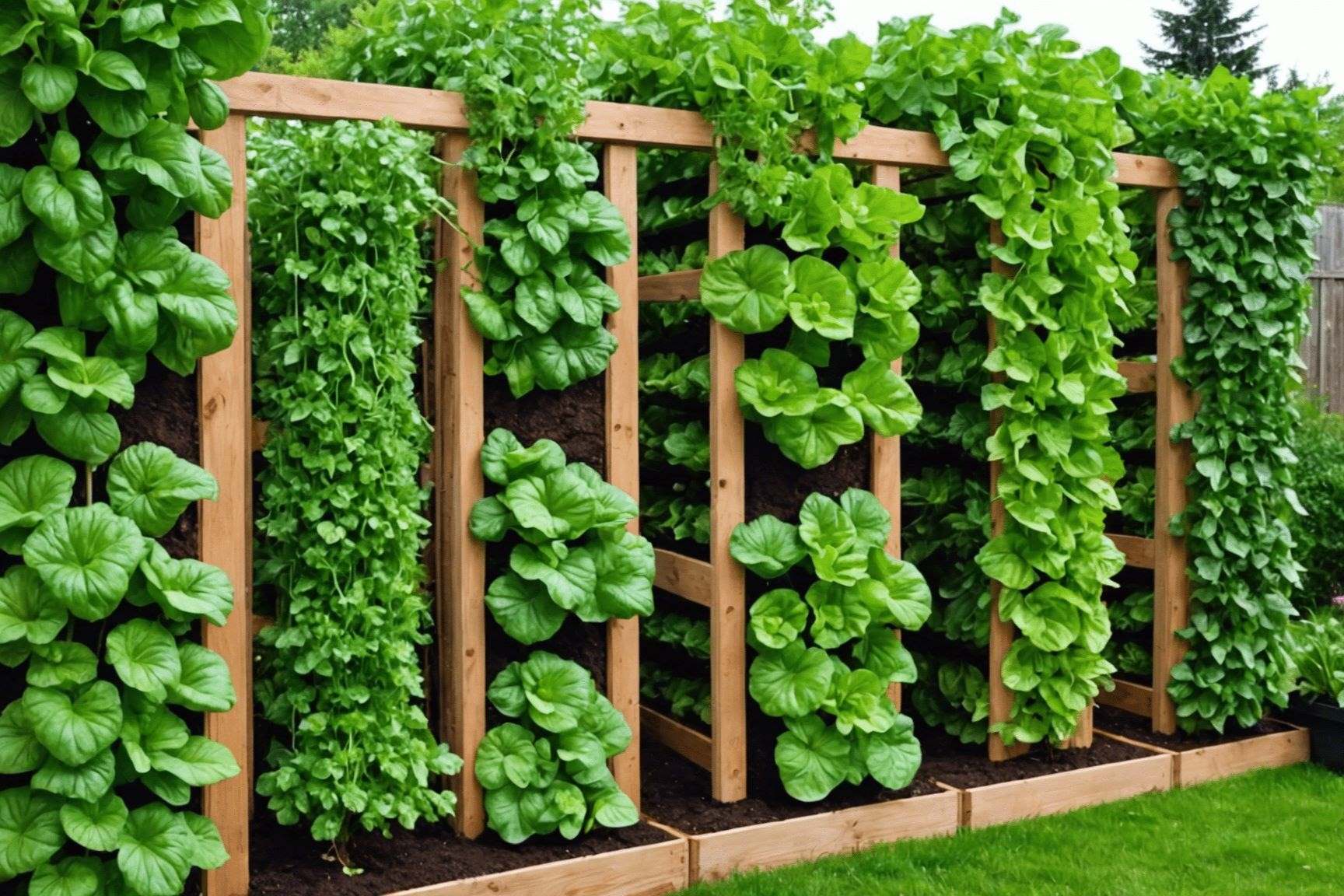

Ideas and Tips
Backyard Vertical Vegetable Garden to Maximize Growing Space
Modified: November 2, 2024
Maximize your growing space with a backyard vertical vegetable garden. Discover tips, benefits, and methods for a thriving, space-efficient garden.
(Many of the links in this article redirect to a specific reviewed product. Your purchase of these products through affiliate links helps to generate commission for Storables.com, at no extra cost. Learn more)
Creating a backyard vertical vegetable garden is an excellent way to maximize your growing space, especially if you have limited yard area or are looking to add some greenery to your home's exterior. Vertical gardening allows you to grow a variety of fruits, vegetables, and herbs in a compact and visually appealing manner. This method not only expands your garden's potential but also offers several benefits, including reduced back strain, improved yields, and enhanced visual appeal.
In this article, we will delve into the world of vertical gardening, exploring its benefits, different methods, and essential tips for setting up a thriving backyard vertical vegetable garden.
Benefits of Vertical Gardening
1. Space Efficiency
One of the primary advantages of vertical gardening is its ability to maximize space. By growing plants upwards, you can significantly increase the number of plants you can accommodate in a small area. This is particularly useful for urban gardeners or those with limited yard space.
2. Reduced Back Strain
Traditional gardening often involves extensive bending and kneeling, which can be strenuous on the back. Vertical gardening eliminates most of this bending, making it an excellent option for senior citizens or individuals with mobility issues.
3. Improved Yields
By growing plants vertically, you can increase yields per square foot. This is because vertical gardens allow for more efficient use of space, reducing competition between plants and promoting healthier growth.
4. Enhanced Visual Appeal
Vertical gardens add a unique and visually appealing element to your backyard or balcony. They can be designed to blend seamlessly with your home's architecture or serve as a focal point in your garden.
Read more: What Herbs To Grow In A Vertical Garden
5. Energy Savings and Local Water Systems
Vertical gardens can act as a cooling barrier between sunlight and your residence, potentially reducing energy costs. Additionally, they can help manage local water systems by reducing the need for extensive irrigation systems.
Choosing the Right Plants
Not all plants are suitable for vertical gardening. The best edible plants for growing vertically have climbing or vining habits, such as:
- Cucumbers: These versatile vegetables can be trained to climb up trellises or other supports.
- Tomatoes: While they require more support, tomatoes are one of the most popular choices for vertical gardens.
- Pole Beans: These beans are easy to train and can thrive in a variety of vertical gardening setups.
- Peas: Sugar snap peas and snow peas are excellent choices for vertical gardens due to their climbing nature.
- Squash and Pumpkins: These plants love upward growth and can be supported with trellises or cages.
- Lettuce and Herbs: Leafy greens like lettuce and most herbs can be grown in movable vertical garden systems or container planters.
Methods for Setting Up a Vertical Garden
1. Trellises
Trellises are frames designed to support the growth of climbing plants. They can be made from wood, heavy plastics, wire, or metal and are usually attached to an exterior wall or used freestanding by leaning them against another structure.
Cattle Panel Trellis
Using cattle panels bent over as a trellis is a popular method for growing peas, beans, cucumbers, and squash. This method clears a lot of garden space that these plants would otherwise cover, allowing you to increase your planting space in your existing garden.
Grape Arbor Trellis
A grape arbor trellis provides great shade during the summer and is a permanent structure that goes up and over walkways. The actual grapevines take up about a square foot of space on each side of the arbor, making it an efficient use of space.
Read more: How To Build Vertical Garden
2. Movable Vertical Gardens
Movable vertical gardens are ideal for growing leafy greens. These systems are easy to move if needed, making them perfect for small spaces or areas that require frequent rearrangement.
3. Container Planters
Container planters can be used to grow a variety of plants vertically. They come in different sizes and materials and can be placed on balconies, patios, or even indoor spaces.
Pallet Planters
Pallet planters make excellent vertical planters for growing herbs and lettuce. Pallets are often free or inexpensive and can be repurposed into planters with minimal effort.
Plastic Bottle Planters
Believe it or not, plastic bottles can be transformed into mini planters for small plants like herbs or succulents. Simply clean the bottles thoroughly, cut off the bottom, and add soil and your chosen plant.
4. Walls of Container Plants
If you have a wall available, you can add lots of containers for growing food. This method is particularly useful for small balconies or patios where space is limited.
5. Vertical Hydroponic Systems
Vertical hydroponic systems allow you to grow plants like lettuce indoors or outdoors without the need for soil. These systems are highly efficient and can be customized to fit various spaces.
Essential Tips for Setting Up Your Vertical Garden
1. Choose the Right Support Structure
The type of support structure you choose will depend on the type of plants you're growing and the space available. Trellises, cages, and netting are popular choices for vertical gardening.
2. Select Plants That Thrive Vertically
Not all plants are suitable for vertical gardening. Choose plants that have climbing or vining habits to maximize your space.
3. Ensure Proper Drainage
Vertical gardening containers should drain well to encourage good root system development and avoid root rot. Make sure your containers have adequate drainage holes.
4. Provide Adequate Watering
Plants grown in vertical gardens are more exposed to the sun and air, which means they dry out faster than those grown in traditional gardens. Frequent watering is essential, and drip irrigation systems can be very effective in ensuring adequate moisture.
5. Consider Wind Break Protection
If your area is prone to wind, consider wind break protection and sturdier supports to prevent damage to your plants.
6. Combine with Traditional Gardening
If you're combining vertical gardening with traditional gardening, make sure to position the vertical structure so it doesn’t cast shade on sun-loving plants. Plant shade-loving plants near your vertical structures.
Additional Ideas for Expanding Your Growing Space
Read more: What To Grow In Garden
1. Multi-Seasonal Gardens
Planting a multi-seasonal garden is an excellent way to expand your garden without expanding its footprint. Plant leafy greens and brassicas in early spring, warm-weather crops in late spring or early summer, and cooler-weather-loving crops in late summer for a fall garden.
2. Succession Planting
Succession planting involves planting a new succession of leafy greens or other veggies once one crop is finished. This method ensures continuous production throughout the growing season and maximizes space usage.
Conclusion
Creating a backyard vertical vegetable garden is an innovative way to maximize your growing space while adding visual appeal and reducing back strain. By choosing the right plants, selecting appropriate support structures, ensuring proper drainage, and providing adequate watering, you can set up a thriving vertical garden that will provide you with fresh produce all year round. Whether you're a seasoned gardener or just starting out, vertical gardening offers numerous benefits that make it an excellent choice for any gardening enthusiast.
References:
- Oklahoma State University Cooperative Extension. (2018). Vertical Gardening.
- Melissa Knorris. (2022). Vertical Garden Ideas & Expanding Growing Spaces.
- The Living Farm. (2016). Vertical Growing & How to Use All the Space in Your Garden.
- Zero Waste Family. (2023). Vertical Gardens: Grow More in a Small Space.
By following these tips and ideas, you'll be well on your way to creating a productive and visually stunning backyard vertical vegetable garden that maximizes your growing space and enhances your gardening experience. Happy gardening
Was this page helpful?
At Storables.com, we guarantee accurate and reliable information. Our content, validated by Expert Board Contributors, is crafted following stringent Editorial Policies. We're committed to providing you with well-researched, expert-backed insights for all your informational needs.
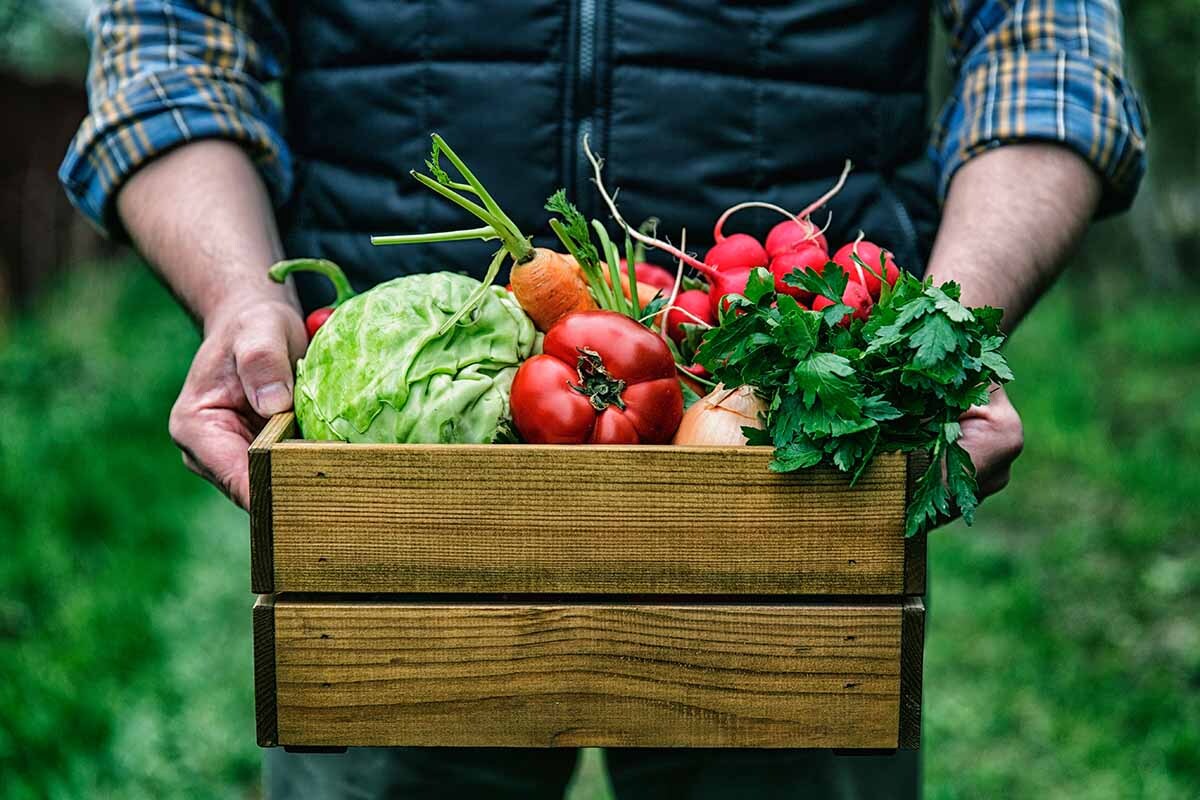
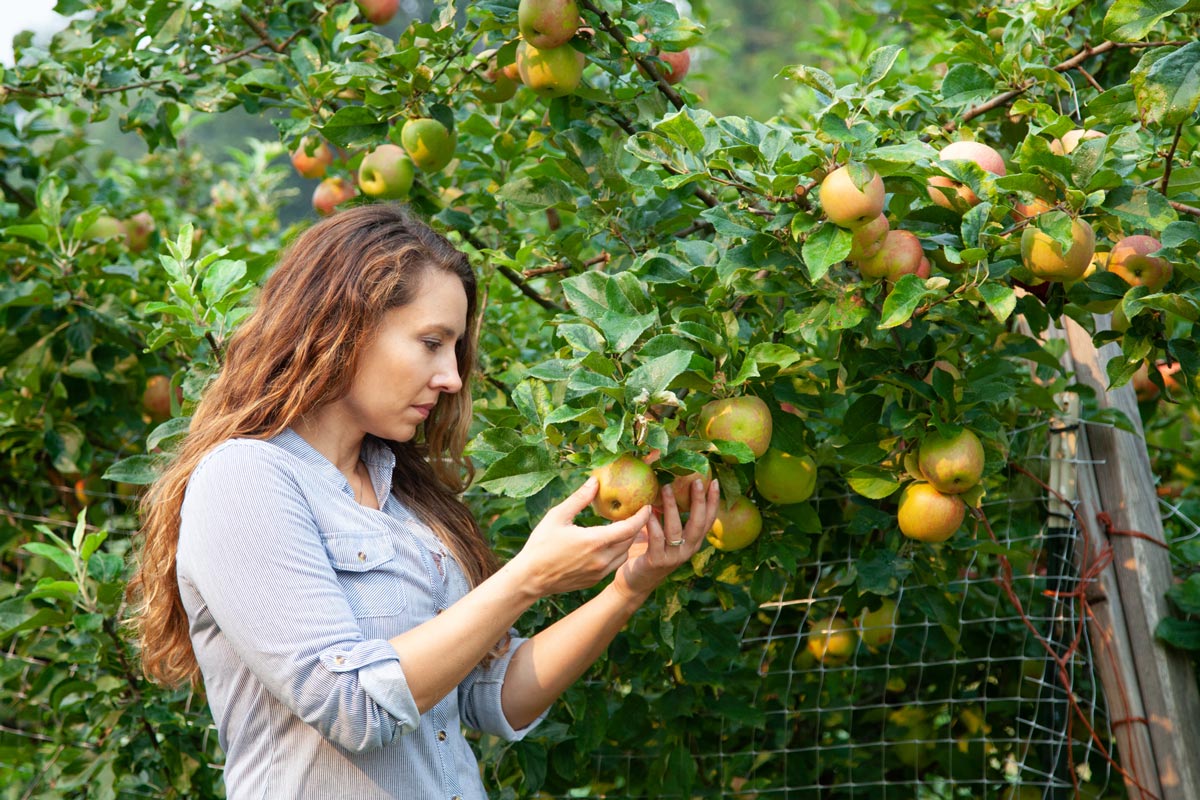
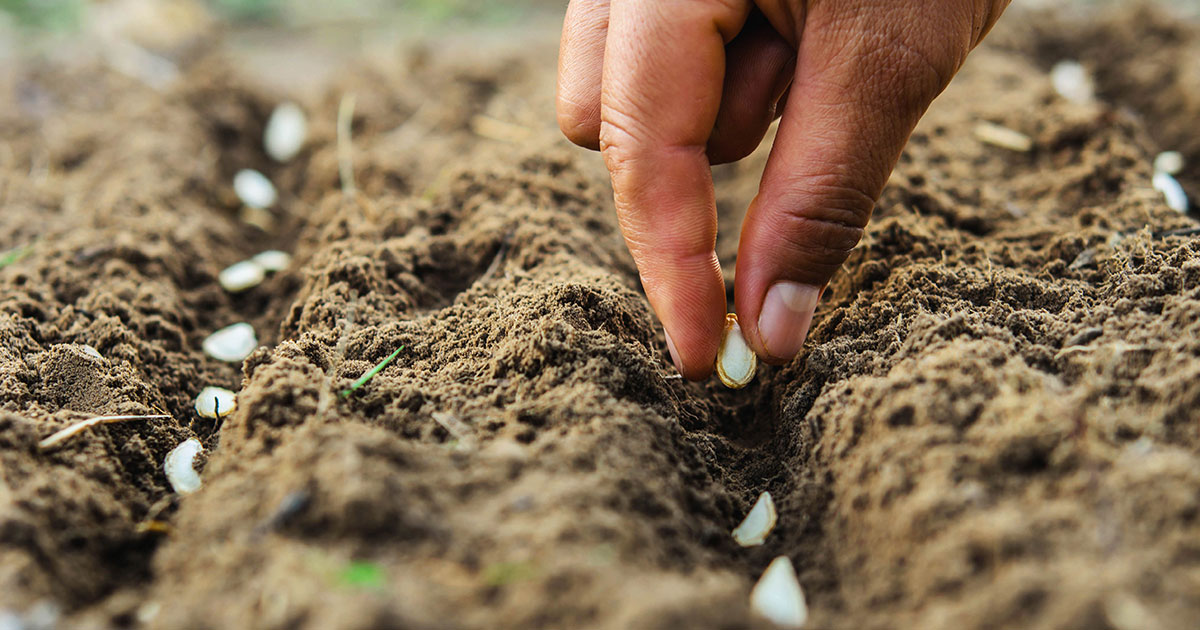
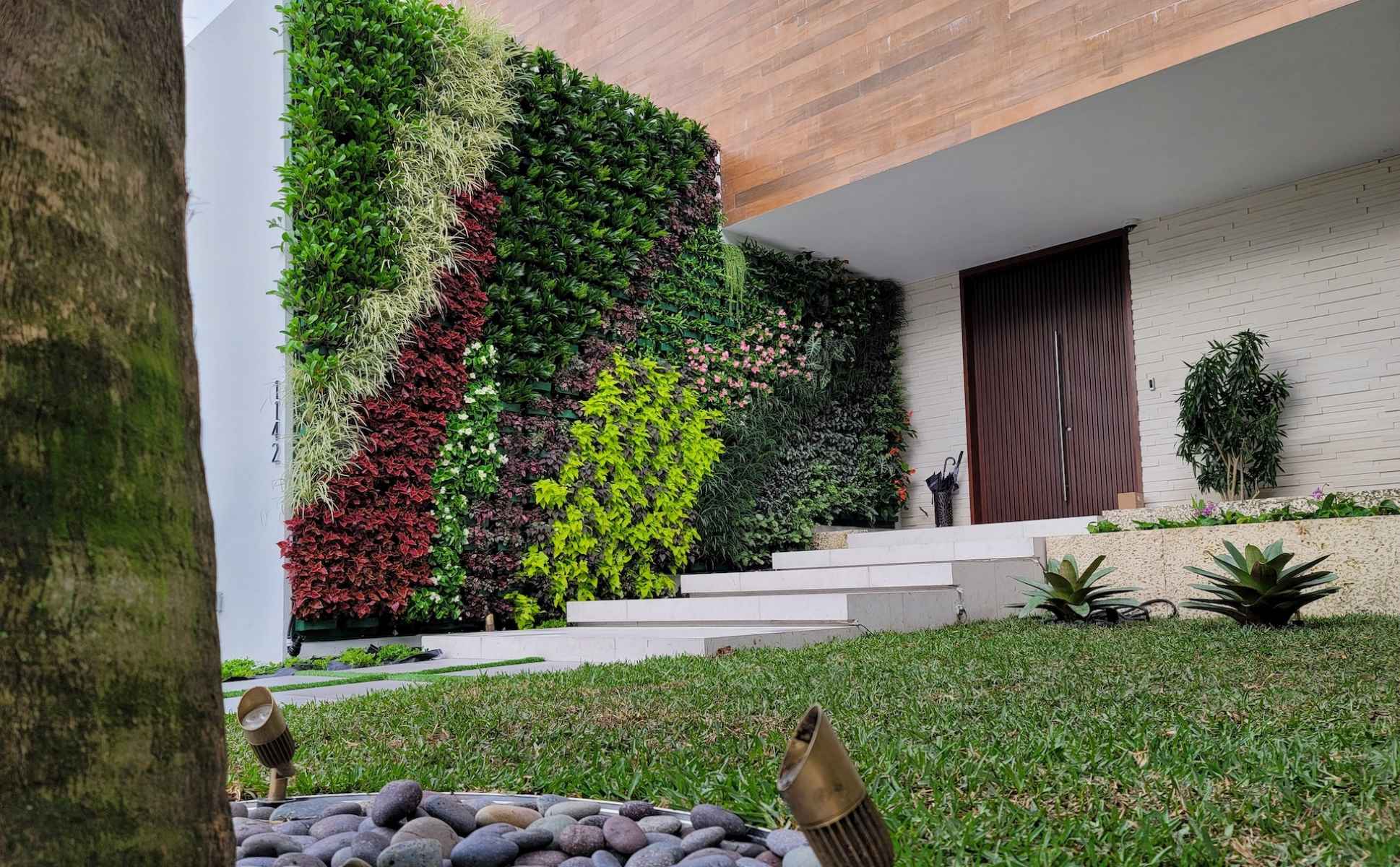
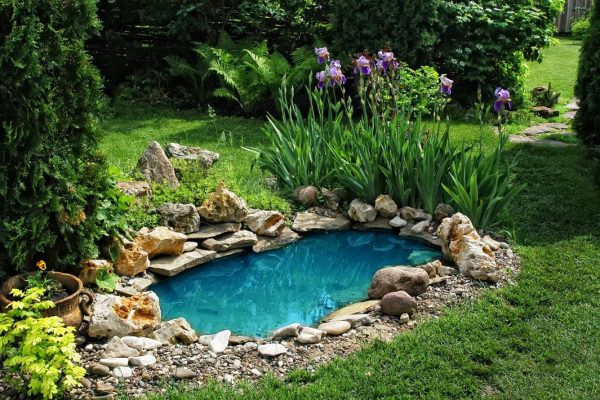

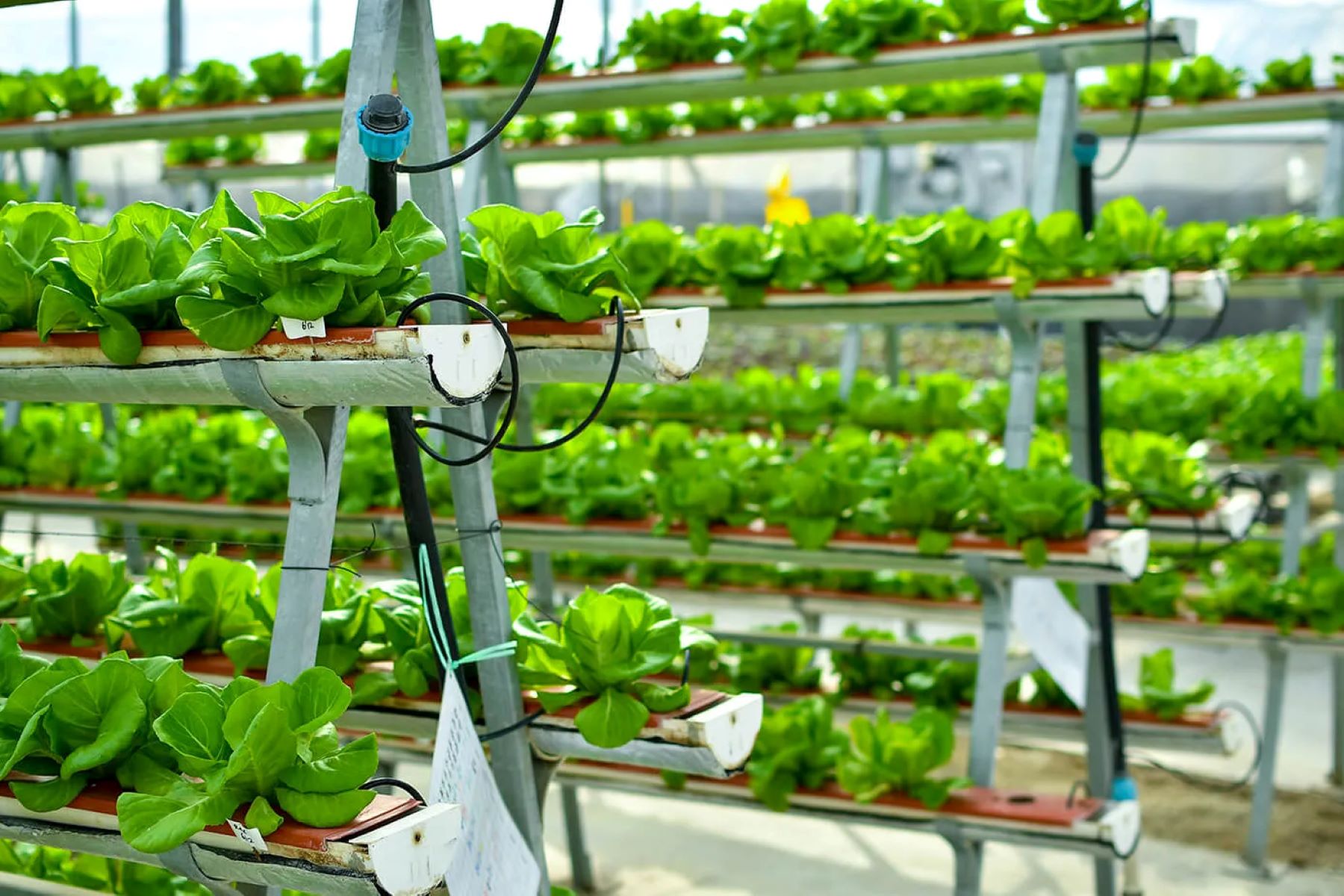

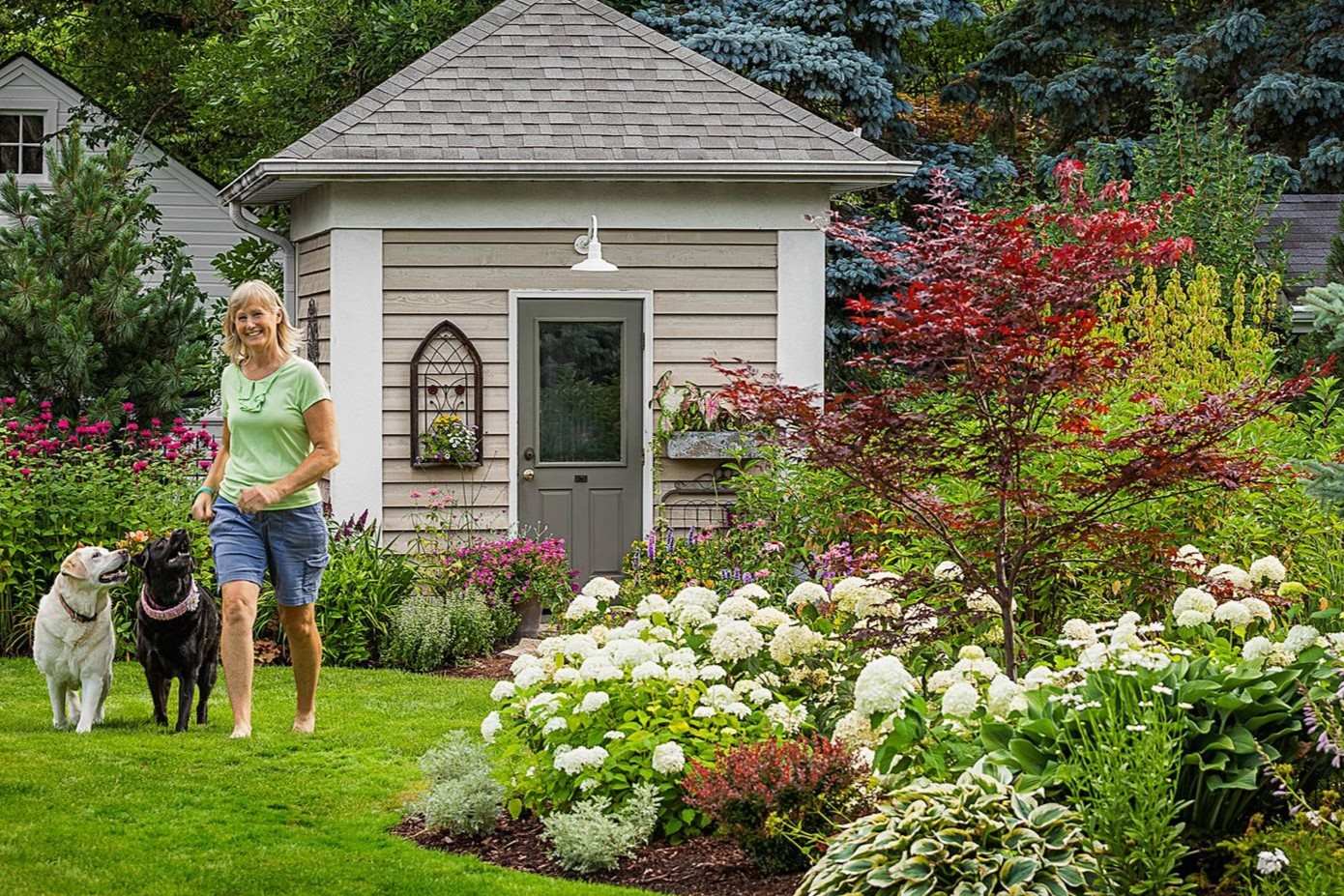
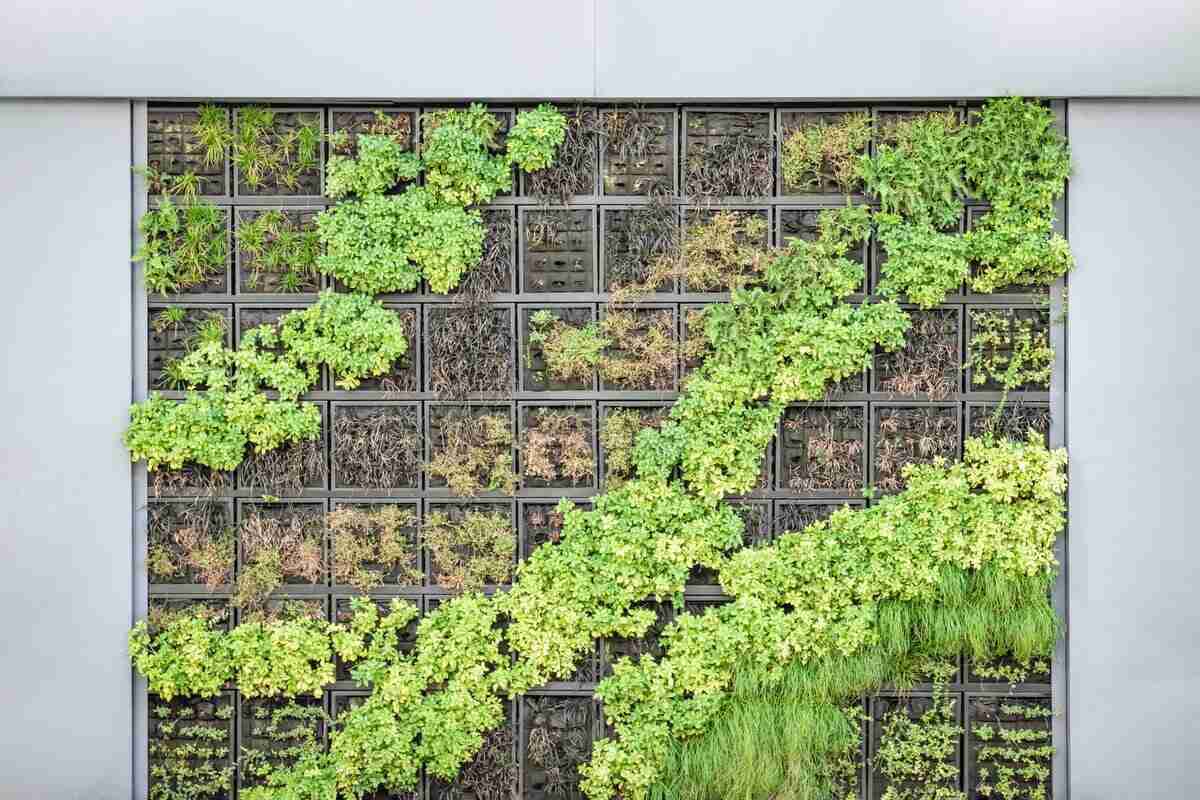

0 thoughts on “Backyard Vertical Vegetable Garden to Maximize Growing Space”